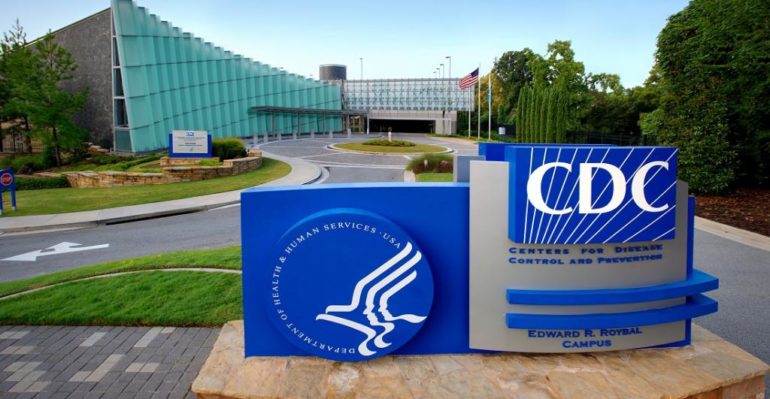From the early stages of the COVID-19 pandemic, sewer systems in U.S. cities have helped track the spread of the coronavirus in real-time. These tracking projects will now be made available to the public through a tool that tracks COVID-19 data through a tool on the Centers for Disease Control and Prevention (CDC) website, the FDA said Friday.
The tool draws data from the National Wastewater Surveillance System “NWSS,” launched in September 2020 by the CDC. This network contains data from more than 400 sites in the United States.
Wastewater gives government officials the ability to track the spread of coronavirus because the virus can be found in the feces of residents before being asked for testing. However, unlike test data, Wastewater is passive, not dependent on anyone coming in for testing. Testing for COVID-19 is one of the main sources of tracking the presence of the virus, but because it detects the virus at an early stage, wastewater may outpace communities and healthcare workers in the spread of COVID-19.
Early on in the pandemic, this method was used in places like New York City and universities like the University of Arizona, which used wastewater tracking to visualize and predict the spread of COVID-19. The results can be an early signal that a wave of infections is coming.
The map shows how much the levels of coronavirus’ genetic material in wastewater have changed at each site over the previous 15 days. If a site does not detect the coronavirus after performing at least one test during that 15-day period, it will be logged as “non-detects.” If no samples were collected during the 15-day period, it will be labeled as “no recent data.”


